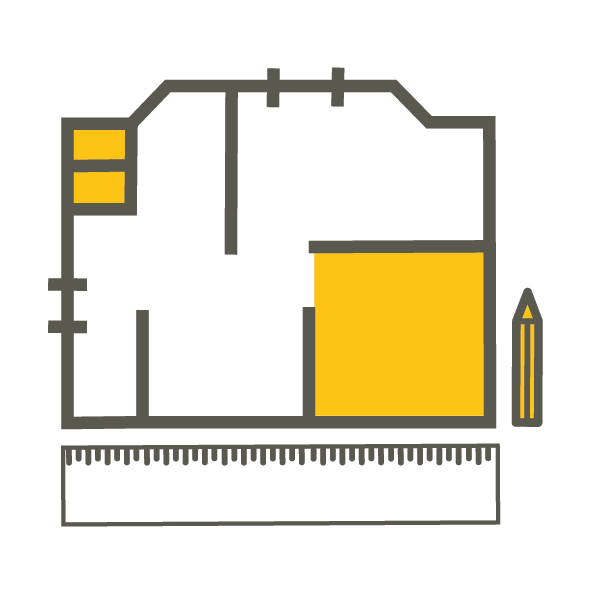With various companies practising hybrid working, many are using the opportunity to refurbish or modernise their office spaces and make them fit for purpose and attractive to staff. But they might be unaware that most of the cost of the refurbishment may be eligible for tax relief under the capital allowances regime.
With the super-deduction deadline of 31st March 2023 round the corner, it is important that companies make tactical choices now that may possibly save them money.
Although minor decorative and cosmetic works, such as painting walls, are likely to be classed as revenue in nature, rather than capital, any major works that are linked directly to the function of the business, for instance, upgrading IT hardware, or buying new furniture will qualify for tax relief under the capital allowances regime. Also, eligible expenditure will also qualify for the Annual Investment Allowance (AIA), which gives companies 100% tax relief on their expenditure, up to a value of £1 million.
The capital allowances regime has several categories, each providing varying levels of relief.
What’s in the special rate pool?
The ‘special rate pool’, includes essential elements of a building, like light fixtures or air conditioning. These items will also qualify for the 100% AIA up to the annual limit of £1 million limit and 6% afterwards.
What’s in the Main pool?
Main pool capital allowances offer tax relief for items that are moveable or classed as ‘plant and machinery’ including furniture, computers, and televisions. Anything that is classed as a ‘main pool’ capital allowance qualifies for the 100% AIA, up to an annual limit of £1 million, and then 18% writing down allowances afterwards.
Structural and Building Allowance
On top of this the Structural & Building Allowance, introduced in 2018, allows expenditure on structural renovations, for example reconfiguring walls, to qualify for 3% tax relief each year. This enables claims on builders’ fees, as well as professional fees for the design of the renovations. Still, it is important to note that although planning permission is not eligible, other legal and administrative fees may qualify for this relief.
Expenditure might also be eligible for the super-deduction, which gives companies 130% tax relief, if certain conditions are met, though this will end on 31st March 2023.
While there is not a deadline that businesses must claim capital allowances by in general, any claims for both AIA and super-deduction must be made in the same tax year in which the expenditure was incurred.
Businesses then have two years following their financial year end in which to amend a corporation tax return and include a claim for these first-year allowances. Claims made after this will have a greatly decreased return. For instance, claims for main pool allowances will only receive 18% tax relief per year, meaning it will take much longer to obtain full tax relief.
What should you do next?
Consulting a tax professional for advice at an early stage will enable companies to get the information needed to make a successful claim. Keeping a detailed report of scheduled works will provide all the information required to file a claim for tax relief efficiently and accurately, making for an easier process overall.
Companies must remember that most of the costs related to office refurbishments do qualify for tax relief. Finishing a claim as soon as possible will allow companies to make the most of the allowances offered, gaining value from both tax reliefs and refurbished offices.






